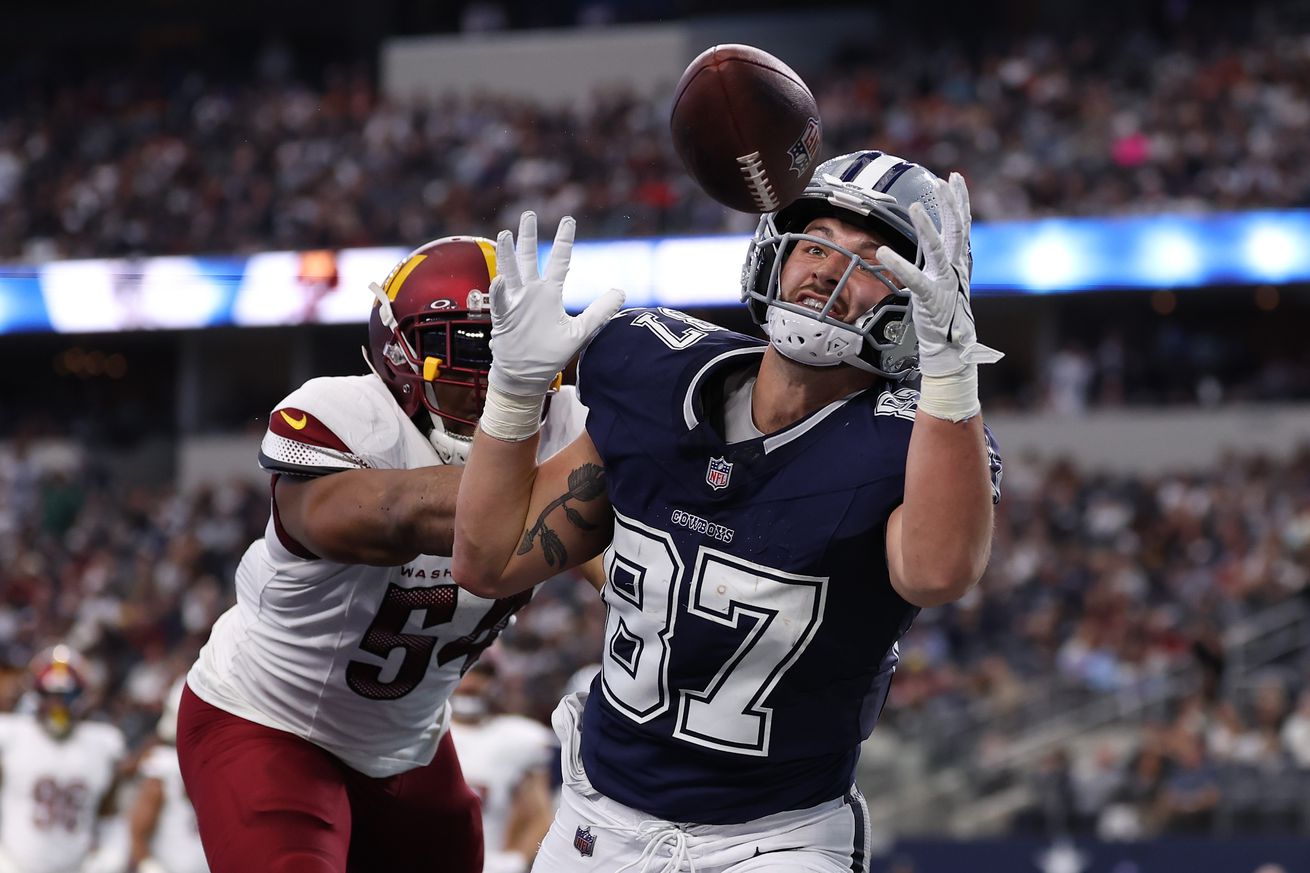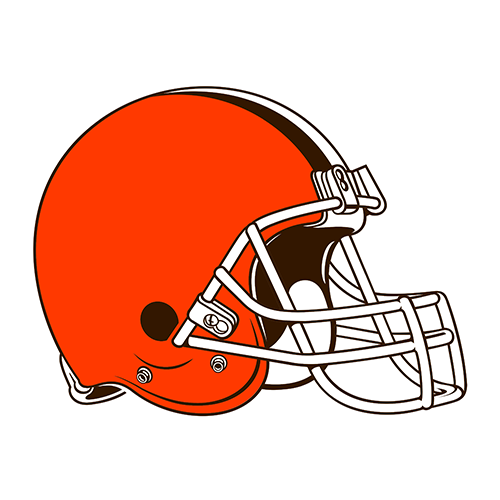
The Cowboys have to prioritize finding more weapons for their offense.
The Cowboys ended the 2024 season on a bit of a high note, with the defense looking legitimately special and several young pieces of the offense taking important steps forward. However, the biggest story of this year that doomed the Cowboys was the offense regressing even before Dak Prescott was knocked out for the year.
Some of it was due to Prescott playing poorly – he set career worsts in completion rate, EPA/dropback, CPOE, yards per attempt, and turnover worthy play rate – but there were more factors at play. CeeDee Lamb was slow out of the gate after missing nearly all of the offseason program due to his contract holdout. The offensive line also saw a lot of personnel rotations throughout the year.
Perhaps the biggest issue, though, was a familiar one: Prescott had nowhere to go with the ball outside of Lamb. Brandin Cooks’ injury early in the season didn’t help, but Cooks wasn’t factoring into the offense much even before he was hurt. Jalen Tolbert looked better as the season went on, but he struggled with creating separation.
One player whom the Cowboys seemingly relied on to take another big step forward was Jake Ferguson. A year ago, his first as the starting tight end, Ferguson broke out in a big way. His 761 receiving yards and five touchdowns on 71 catches all ranked in the top 10 of tight ends, and Prescott recorded a 109.8 passer rating when throwing to Ferguson; only George Kittle and Sam LaPorta were better in that regard.
Unfortunately, though, Ferguson did not improve on his 2023 Pro Bowl campaign. In fact, he took a hard step back. It must be noted that Ferguson battled through several injuries, including a concussion that caused him to miss two games, but the tight end still showed a troubling regression this year.
Jake Ferguson of Dallas had the lowest TE DYAR ever, while Elijah Moore had the third-lowest WR DYAR ever.
Read more here. https://t.co/GXEeT6r4qO
— Aaron Schatz (@ASchatzNFL) January 8, 2025
DYAR, which stands for Defense-adjusted Yards Above Replacement, is a metric that utilizes DVOA to measure an individual player’s total efficiency over the course of an entire year. For example, the top tight ends this year by DYAR were, in order, Kittle, Mark Andrews, and Tucker Kraft. Brock Bowers fell just shy in large part because of his outsized target share, meaning he had more drops and incompletions than the others that averaged out in the end.
By this metric, though, Ferguson was not only the least efficient tight end in the league this year but the least efficient tight end in NFL history. He finished with 494 receiving yards on 59 receptions and failed to score a touchdown all year long. His 8.4 yards per reception was easily a career low, and the fairly mobile tight end also set a new low in yards after the catch per reception, dipping below the six mark for the first time in his career.
Ferguson also got sloppy in his play, too. Coming into the year, he had never fumbled the ball; he did so four times on the season, losing two of them. He also managed to lead all skill players in penalties with nine despite missing three games. The Cowboys were banking on him having another strong year, but Ferguson turned sharply in the wrong direction.
Of course, the quarterback situation didn’t help, but that wasn’t the cause of his struggles either. Looking at Ferguson’s receiving DVOA (which measures efficiency on a per-play basis), his DVOA when Prescott was playing was still a -24% grade. It dipped to -51% with Cooper Rush, but it’s not like Ferguson was playing efficient football before Prescott went down.
As the tight end prepares to enter the final year of his rookie contract, these struggles put the Cowboys in an odd position. Ferguson has definitely shown the capability to be a high end player at his position, but the inconsistency is a concern. Prescott will be coming off his second serious injury when he returns next year, and he needs to have high caliber weapons to rely on outside of just Lamb.
The most likely way to do that is by adding another wide receiver to the mix, rather than relying on Ferguson to be the second option in the passing game. But there will be opportunities to upgrade the tight end position too, whether it’s pending free agents like Mo Alie-Cox or Mike Gesicki, or a draft option like Penn State’s Tyler Warren.
The Cowboys shouldn’t be quick to give up on Ferguson, but they also shouldn’t put as much faith in a bounce back year as they did this past offseason for him to have an improved year. If an opportunity to upgrade the position presents itself, the Cowboys would be right to take advantage.
































